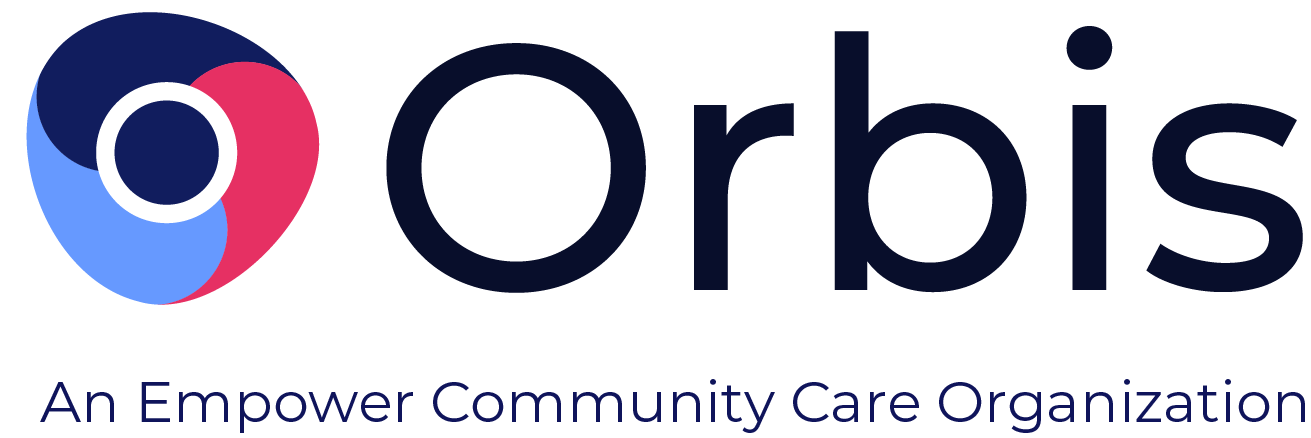Juvenile justice risk and needs assessments are used to estimate the likelihood a young person will become involved with the justice system and to identify service needs for developing case plans. These helpful tools aid court personnel (probation officers, for example), criminal justice settings, and community-based organizations in selecting appropriate supervision levels and interventions needed to assist the youth.
The Risk-Need-Responsivity (RNR) model is the foundation for most youth justice assessments. RNR guides the decisions that need to be made in addressing the youth’s risk and needs profile.
The Risk-Need-Responsivity Model
According to leading criminal justice scholars Don Andrews and James Bonta, the RNR model is based on three principles:
- Risk: Use static factors (age at first arrest, history of arrest, current age, etc.) and dynamic factors (substance abuse, antisocial attitudes, etc.) to estimate an individual’s likelihood of becoming involved with the juvenile justice system and provide appropriate treatment.
- Need: Assess which factors are proven to contribute to misconduct. These are known as criminogenic needs and can be addressed through prevention/intervention programs and case management approaches that help youth develop new skills and strengths.
- Responsivity: Pay attention to individual factors such as gender, race/ethnicity, mental health concerns, and motivation in order to develop case planning strategies that address the young person’s learning styles and unique challenges.
Risk and need assessment tools informed by the RNR model can be used at various points throughout the juvenile justice process. For example, risk and need can be evaluated when a young person is arrested for the first time to determine if they will benefit from diversion programming. Additionally, a judge may better understand the likelihood of re-offending when determining the outcome of arrest, i.e., participation in a community-based program or out-of-home placement.
Risk Assessment Levels
As the RNR model states, the justice system response should match a youth’s likelihood of becoming re-involved in illegal activity. The risk component of risk and need assessment tools is used to place a young person into one of three risk levels: low, moderate, or high.
Low Risk
According to the Office of Juvenile Justice and Delinquency Prevention, low-risk youth are “unlikely to re-offend or engage in delinquent behavior in the near future.” Generally, individuals in this category do not need intensive services or supervision. It should be noted that low risk does not mean no risk. Although recidivism is unlikely, there is still a chance that low-risk youth might become reinvolved in offending behavior.
Moderate Risk
It can be difficult for justice professionals and community-based programs to determine the appropriate level of supervision and services for youth at moderate risk. These youth require a greater response than low-risk youth yet less than high-risk youth. Once it is established that a youth is of moderate risk to re-offend, the focus shifts to measuring the youth’s specific needs for services using components from the needs assessment. Then, practitioners can build an appropriate, customized case plan in collaboration with the youth.
High Risk
High-risk youth need the most intensive response from juvenile justice service providers since a high proportion of this group is likely to continue offending if they do not receive the right services and appropriate supervision.
The goal of the risk component of assessments is to draw an objective prediction of justice-based outcomes, which can help professionals make decisions based on data and evidence rather than opinion.
Needs Assessment
While the risk assessment component helps identify youth who require more intensive services, the need component of assessment is critical for determining what types of services are actually needed. Needs refer to the dynamic factors that characterize the youth and family, including such factors as family problems, school, peer networks, substance use, adaptive skills, and mental health concerns. Knowing what types of problems and circumstances the youth is facing helps practitioners meet the need principle proposed by the RNR model. Whether an individual youth is moderate or high risk, the needs assessment helps match the youth’s needs to the most appropriate services, interventions, and case management strategies. By conducting a systematic needs assessment, a highly individualized case plan can be developed with the youth.
Efficacy of Risk and Need Assessment Tools
Risk and need assessment tools must themselves be evaluated to ensure they properly measure a youth’s likelihood of breaking the law and appropriately measuring service needs.
A study conducted by the National Council on Crime & Delinquency evaluated commonly used juvenile justice risk and need assessments. The study examined the predictive validity and reliability of multiple instruments, including the Youth Assessment and Screening Instrument (YASI), the Youth Level of Service/Case Management Inventory (YLS/CMI), and the Positive Achievement Change Tool.
Reliability
The study found a high percentage of agreement among professionals who administer the assessment tools. Static risk factors, such as arrest history, showed higher levels of interrater agreement than dynamic factors, particularly for subjective measures, such as attitude.
Validity
There were mixed results regarding validity. Some assessment tools were shown to correctly categorize juveniles as low, moderate, and high risk, while others did not offer a clear separation between categories. Evaluation authors suggest that “limiting factors on a risk assessment to those with a strong, significant relationship to outcomes will result in a more accurate risk classification.” Among the nine tools that were compared in the study, the YASI and two other tools were tied for the best rank on both reliability and validity.
How Risk, Need, and Strength Assessment Benefits Youth Populations and Juvenile Justice Practitioners
Orbis offers YASI to assess risk, needs, and protective factors in at-risk and juvenile justice-involved youth. YASI demonstrates that strengths contribute predictive information over and above risk and need factors to provide a more complete profile of the youth. With this tool, practitioners can accurately predict groups that will re-offend and capitalize on their strengths to promote success.
Orbis’ assessments are:
- Individualized. Designed to fit the needs of youth populations and their unique criminogenic needs.
- Action-oriented. Make it easy for professionals to analyze results and develop actionable service plans in collaboration with youth and their families.
- Strengths-focused. YASI is designed to identify an individual’s assets, supports, and skills and create a plan that capitalizes on those strengths. This is how success is achieved!
In several samples, Orbis found that high-risk youth with high strengths achieved much better outcomes than their counterparts with low strengths. For example, in one study examining recidivism over an 18-month period, high-risk cases with high strengths had a 20% reoffense rate compared to 43% for high-risk cases with low strengths.
Juvenile justice risk and needs assessments are an important part of the juvenile justice system. These assessments enable decision-makers involved in the juvenile justice process to make informed decisions about appropriate interventions and outcomes for youth. The hope is that these assessments can be made more commonplace in the system to ensure the safety of communities and the rehabilitation of youth.
Orbis Partners provides solutions for criminal justice and human services systems, specializing in designing and implementing services for at-risk client groups. Orbis’ risk/needs and strengths assessment and case planning tools for youth are designed to guide the casework process by incorporating an individual’s unique set of needs. For more information about assessments related to at-risk youth, visit our Assessment page by clicking here.


